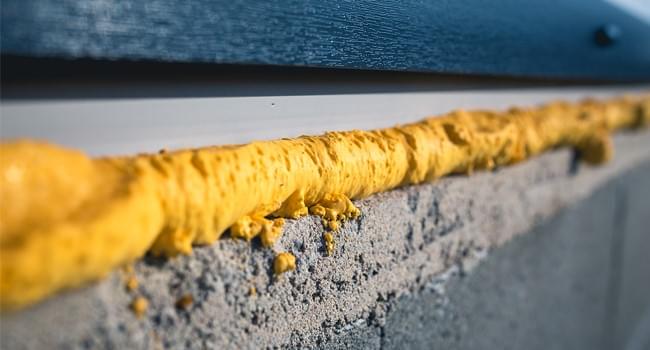LEATHERHEAD, Surrey, UK and AKRON, Ohio, USA – October, 29 2020 – Worldwide consumption of polymer foams will reach 26.37 million tonnes in 2020. Technical innovation and more diverse use of these materials (polyurethane, polystyrene, polyolefin, and other polymers) will see a return to growth in 2021; according to a new in-depth market study –
The Future of Polymer Foams to 2026 - from Smithers.
Global consumption is forecast to expand at a compound annual growth rate (CAGR) of 4.5%, driving overall demand to 34.44 million tonnes in 2026. This represents an acceleration of demand relative to the 3.4% CAGR seen in the last years of the preceding decade. Smithers’ research concludes that as key end-use industries recover from the Covid-19 pandemic, there will be renewed demand for lighter weight and higher performing polymer foams. This in turn will spur innovation in design and raw material sourcing, as the coronavirus disruption continues to reshape global supply chains.
Smithers’ analysis of the impact of Covid-19 and multiple other economic and demographic trends; finds that growth economies and urbanisation, especially in Asia, will foster greater use in construction. For transportation the outlook is varied. Emission standards and the need to lower weight has given vehicle OEMs a major incentive to progressively use more high-performance polymer foams throughout the 2010s. New vehicle sales will be depressed in the short term, however. As these return government stimulus packages are liable to favour more sustainable mobility models, calling for more light weight foams and formulations for use in electric vehicles.
The evolving market demand will favour polyurethane (PU) grades in particular. These are already over 50% of the market in 2020; and this share will grow through to 2026. The fastest increase in demand will come for flexible foam materials. As this happens, the major technology challenge will be to develop PU foams with a smaller carbon footprint. R&D is particularly focussed on producing PU grades from sustainable polyols and isocyanates derived from vegetable oils or sugar, starch, and lignocellulose biomass.
Sustainability and circular economy models are also impacting how foams and other plastic materials are treated at end-of-life. New closed loop collection initiatives for products like mattresses will improve the quality of recycled material available. Simultaneously conventional mechanical recycling technology will be supplemented by the entry of commercial-scale chemical recycling of mixed polymer waste streams, using pyrolysis, gasification, or hydrogenation.
Other foam technologies that are poised to add new value to this market identified by Smithers are:
- Innovation in blowing agents, and a renewed interest in physical foaming processes
- Diversification in polyol feedstocks. Besides more sustainable raw materials, this will include copolymer polyols, boro-organic compounds, and cellulose nanocrystals
- Accelerated use and development of polymer bead foaming manufacturing, especially for engineering thermoplastics
- Wider availability of microcellular PU foams. Made using advanced injection moulding technology these can then be optimised for the end user via digital laser cutting and engraving
- Development of polymer nanocomposite foams to enable lighter weight, higher strength and multi-functional products
- Integration of sophisticated computer modelling to optimise foam constructions for specific customers and minimise product design times.
The potential for these technologies and the impact of Covid-19 is examined critically in the new Smithers study
The Future of Polymer Foams to 2026. Its exclusive dataset quantifies the historic, current and future market through to 2026 across eight main polymer foam types; nine end-use applications; and six geographic regions, including profiles for the leading 12 national markets.
Find out more and download the brochure now >
